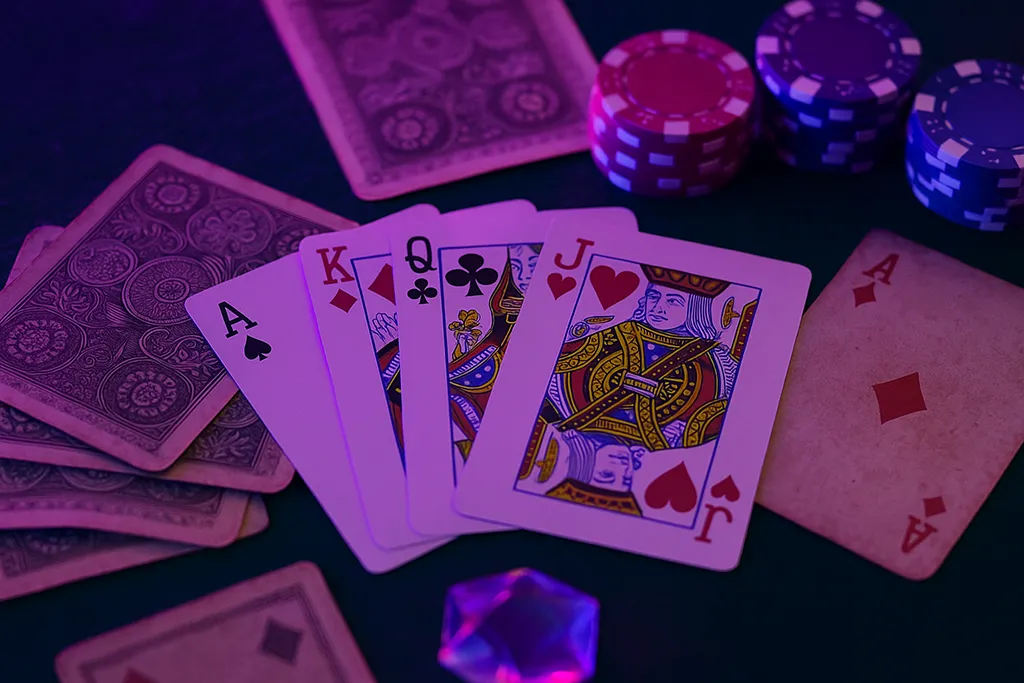Playing cards have fascinated people for centuries, serving as tools of entertainment, strategy, and even fortune-telling. Their intricate designs and versatile gameplay have woven them into the fabric of countless cultures worldwide. This article explores the extensive history of playing cards, from their mysterious origins to their role in contemporary gaming, enhanced by fascinating facts and historical artifacts.
The History of Playing Cards: From Ancient Origins to Modern Games

Ancient Roots: The Origins of Playing Cards
The precise origin of playing cards is shrouded in mystery, but most historians trace their beginnings to China during the Tang Dynasty (618–907 CE). Early references mention “paper tiles” used in games that resemble modern card games. The Chinese invention of paper made this form of gaming possible, and by the Song Dynasty (960–1279 CE), card games had become widely popular.
Interesting Fact: The earliest surviving playing card is a 15th-century Chinese “money-suited” card, part of a game similar to Mahjong.
Spread to the Islamic World and Europe
Playing cards traveled westward via trade routes, reaching Persia and then the Islamic world. The Mamluks of Egypt developed an elaborate deck featuring suits like cups, swords, coins, and polo sticks, beautifully decorated with intricate designs but avoiding human imagery due to religious restrictions.
By the late 14th century, playing cards had arrived in Europe, with records showing their presence in Spain, Italy, and France. Early European cards were hand-painted luxury items, often commissioned by nobility.
The Evolution of Suits and Symbols
Europe standardized playing card suits, leading to the familiar hearts, diamonds, clubs, and spades we recognize today. The French system, which emerged in the late 15th century, became the most widespread, owing to its simple, easily replicated design.
Interesting Artifact: The Stuttgart Playing Cards (circa 1430) are among the oldest surviving complete decks, featuring hand-painted hunting scenes.
The Printing Press and Mass Production
The invention of the printing press in the 15th century revolutionized playing card production. Cards became more affordable and accessible to the general public. Woodcut, and later copperplate, techniques allowed for intricate designs and mass production, spurring the popularity of card games across Europe.
Games and Gambling: Cards as a Cultural Phenomenon
Card games evolved rapidly, with each region developing its unique games. Notable examples include:
- Piquet and Écarté in France
- Scopone and Briscola in Italy
- Skat in Germany
- Poker and Blackjack in the United States
In the 18th century, card games became fixtures in gambling halls, and some—like poker—emerged as cultural icons. Casinos helped formalize rules and popularize international standards.
Tarot and Fortune-Telling
Originally a card game, Tarot evolved in the 15th century into a tool for divination and esoteric study. The elaborate symbolism of Tarot decks like the Tarot de Marseille and Rider-Waite deck added a mystical dimension to playing cards’ history.
Scientific Insights: The Mathematics of Card Games
Playing cards have long intrigued mathematicians. The study of probability theory was famously launched by Blaise Pascal and Pierre de Fermat through correspondence about card games. Today, game theory and combinatorics continue to explore strategies and probabilities associated with card games.
Modern Developments and Digital Era
The 20th and 21st centuries saw playing cards enter the digital realm. Online poker, virtual card games, and smartphone apps have brought card playing to a global audience. Collectible card games (CCGs) like Magic: The Gathering have fused traditional card gaming with fantasy themes and complex strategy.
Interesting Fact: The Bicycle brand, launched in 1885 by the United States Playing Card Company, is one of the most recognizable and enduring card brands worldwide.
Notable Artifacts and Milestones
- The Stuttgart Playing Cards (c. 1430): One of the oldest complete decks.
- Mamluk Cards (15th century): Lavishly decorated decks from Islamic Egypt.
- Tarot de Marseille (16th century): A classic Tarot deck still in use today.
- Bicycle Playing Cards (1885): A hallmark of modern card design.
Conclusion: A Legacy of Play and Artistry
From ancient Chinese paper tiles to digital poker apps, playing cards have continuously adapted while retaining their core allure. Their rich history reflects not only technological and artistic advancements but also a timeless human fascination with chance, skill, and symbolism. As they evolve, playing cards remain a beloved pastime and a window into the cultures that cherish them.
Cookie Consent
We use cookies to improve your experience on our site. By using our site, you consent to cookies.
Cookie Preferences
Manage your cookie preferences below:
Essential cookies enable basic functions and are necessary for the proper function of the website.
Statistics cookies collect information anonymously. This information helps us understand how visitors use our website.
Google Analytics is a powerful tool that tracks and analyzes website traffic for informed marketing decisions.
Service URL: policies.google.com
Marketing cookies are used to follow visitors to websites. The intention is to show ads that are relevant and engaging to the individual user.
Service URL: slotzone.net
You can find more information in our Cookie Policy and Privacy Policy.




















